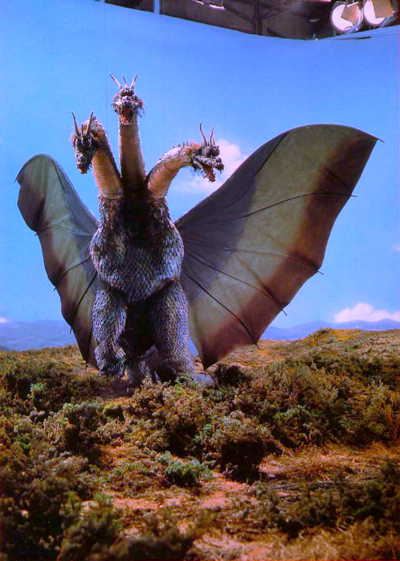
Yumi (right) and Emi from the Weekly Yomiuri, September 9, 1972.
The sad news was just released that the former singer has now been reunited with her twin sister Emi, who passed away four years ago. Japanese media traditionally respects the privacy of the families of celebrities when it comes to their passing, so the media withheld this from the public until the family agreed to make a formal statement, and was issued by a representative of Watanabe Productions, their former management company.

One of their first magazine covers, Mainichi Graphic (June 28, 1959).
Yumi Ito (born Tsukiko Ito) was the melodic vocalist of The Peanuts, while Emi, held down the harmonies. When they started out, the sisters sang the melodies together, until they signed with Watanabe Productions. Even though they were technically identical, the twins could be readily told apart as Emi had distinctive, trademark moles by her eyes. During their early career, Yumi would have false moles applied, so they would appear more identical.

Their debut 45 Single, "Kawaii Hana", released April 1959.
From the years 1959 through 1975, they were known as the world-famous pop duo, "The Peanuts". Discovered as "The Ito Sisters" in a Nagoya restaurant, they released their first hit single, "Kawaii Hana" (Pretty Flower) in April 1959, a lyrical version of Sidney Bechet's "Petite Fleur". Between that July and December, they appeared in five films for as many studios, debuting in THE WONDERFUL AGE OF 19 for Shochiku and BASTARDS IN A CAGE for Toho.

The original Single for "The Daughters of Infant", issued in 1961.
While they are perhaps best known in the States for Toho's spectacle, MOTHRA (1961), by the time Ishiro Honda's film went into production, The Peanuts were already veterans of seventeen feature films, two weekly television variety shows, and a weekly radio show. They would reprise their role as the "Little Beauties" for MOTHRA VS. GODZILLA and THE GREATEST BATTLE ON EARTH, both released in 1964. Further appearances of the "Little Beauties" employed pale substitutes.

First issue of "The Song of Mothra"/"The Daughters of Infant", 1978.
While the song, "The Daughters of Infant", was the first Single release in conjunction with MOTHRA, back in late 1961, it wasn't the original recording from the movie. The Single was arranged and conducted by Hiroshi Miyagawa, their constant collaborator, who went on to world fame for his music to the Space Battleship Yamato franchise. Both of the songs from the film, by Yuji Koseki, weren't issued on any release until 1978 — three years after The Peanuts retired.

With the cast of "Rawhide" (Brinegar, Fleming, and Eastwood), 1962.
The Peanuts were my first introduction to Japanese pop music, which was only reinforced by my Aunt Camille, who gifted me a big stack of colored wax of early '60s J-Pop, bought while she and her husband were stationed in Japan. She saw my obsession with Japan and made it grow with these 45 Singles. But, The Peanuts are magic, their vocal harmonies during the final curtain in MOTHRA, still raises goosebumps on me to this day. Now, I can't believe they're gone.

Yumi (left) and Emi in Daiei's musical LEAPING LADY DAIMYO, 1961.
After retiring from singing in 1975, Yumi turned her career towards another passion: fashion design. And while the women whose voices sang, beautiful, wondrous melodies and harmonies, have left us to be joined together in the next world, those of us left behind still hold now the incredible gift of their lovely voices recorded for all and our posterity to come. Yumi Ito was 75 years old.







































